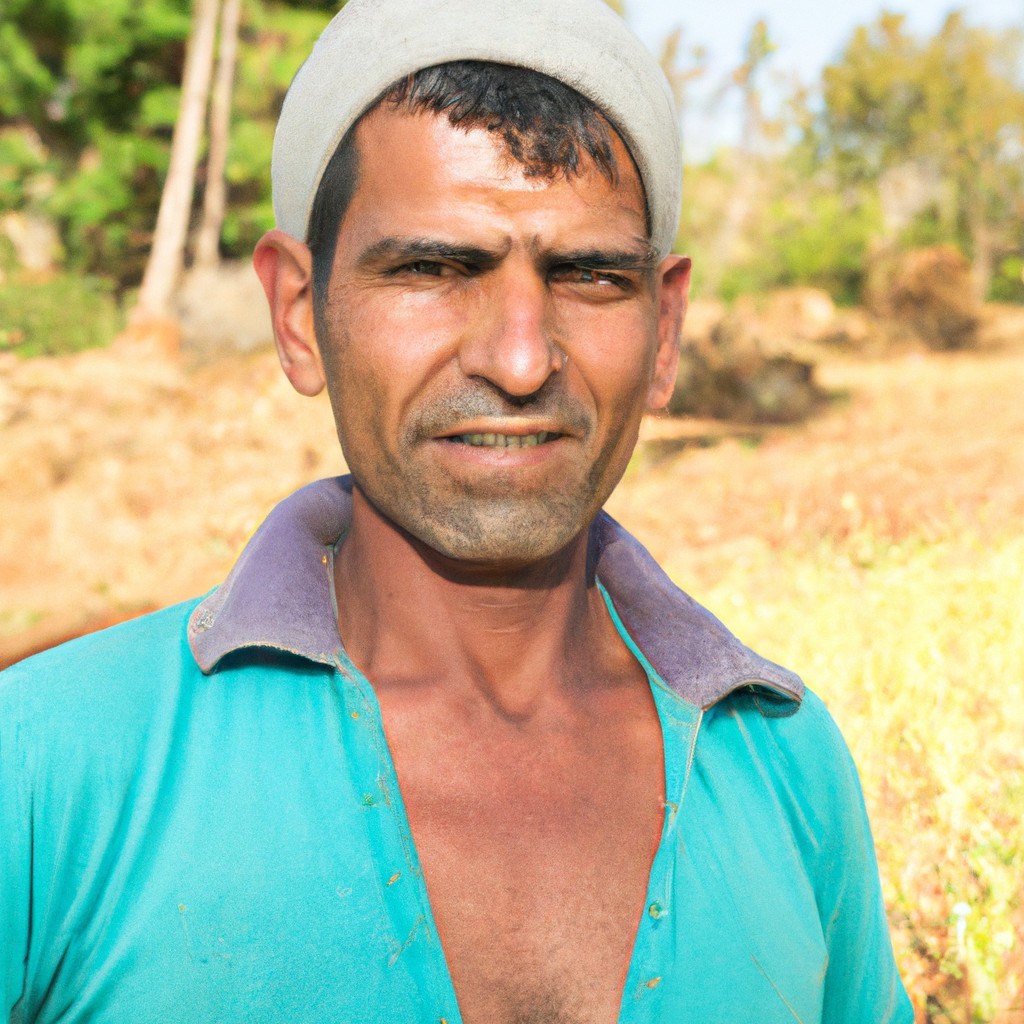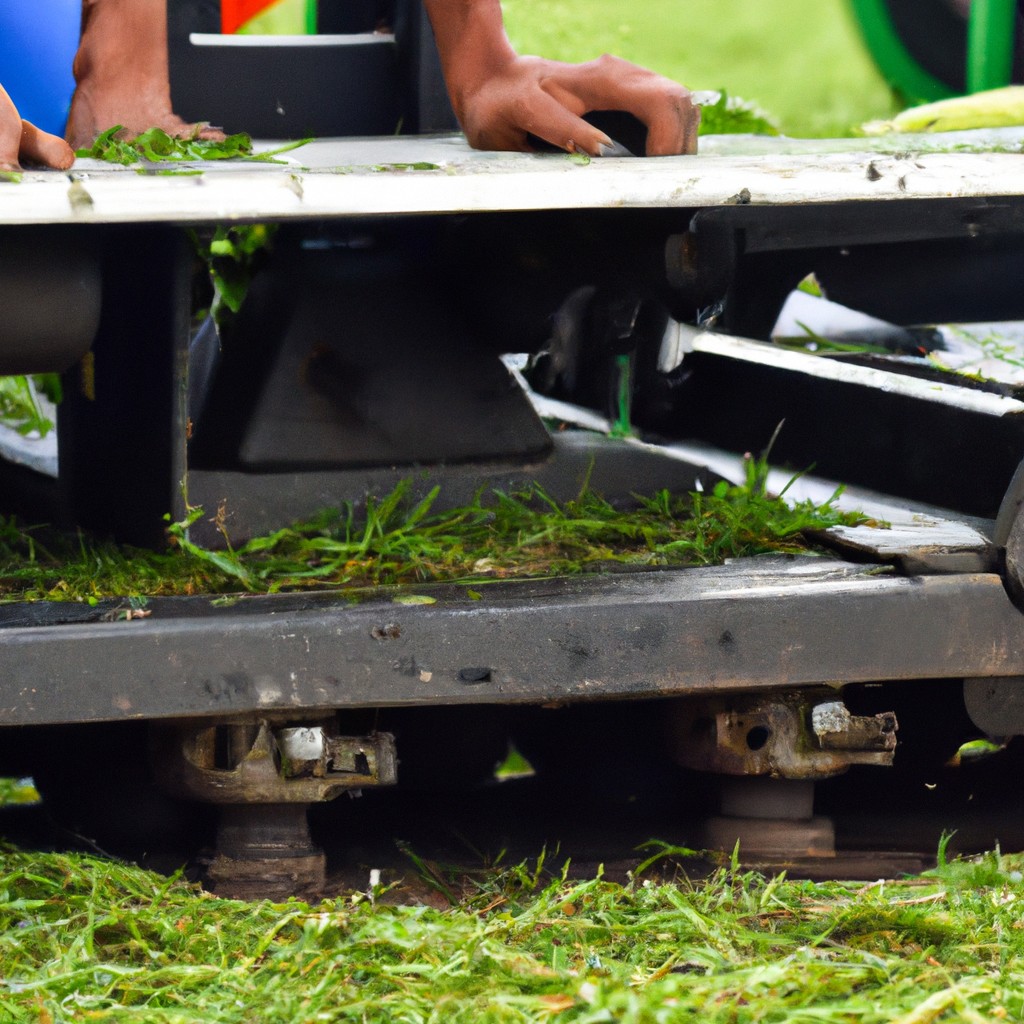Exploring the realm of precision agriculture, this article delves into identifying which crops benefit most from this innovative farming technique.
Precision agriculture, a farming management concept based on observing, measuring, and responding to inter and intra-field variability in crops, is best suited for a variety of crops. These include corn, soybeans, wheat, and cotton, which are widely grown globally and have a significant economic impact.
In this article, you will discover why these crops are ideal for precision agriculture, the benefits they offer, and how to implement precision farming techniques for each of them. As we delve into the details, you’ll gain a comprehensive understanding of precision agriculture and its application to these crops.
Key takeaways:
- Corn, soybeans, wheat, cotton best for precision agriculture.
- Precision agriculture optimizes planting, irrigation, pest control for crops.
- Precision farming reduces costs, ecological footprint, and improves yields.
- Precision agriculture enhances nutrient application and irrigation for cotton.
- Precision agriculture maximizes peanut crop yield through precise fertilization and irrigation.
Look Inside:
Precision Agriculture: Exploring Best Crops

Precision agriculture stands as an efficient tool driving significant productivity in staple crops such as corn and wheat. It also extensively optimizes high-value commercial plantations including cotton.
When deploying precision farming techniques in corn cultivation, farmers can aptly fine-tune their planting dates, planting density, pesticide usage, and harvest dates.
Similarly, wheat and cotton thrive under precision farming, seeing substantial improvements in irrigation, nutrient management, and pest control.
Understanding Precision Agriculture Methodology
Capitalizing on advanced technology and software systems, this farming approach enables close monitoring of crop fields. This enhanced observation allows targeted application of resources, including water, fertilizer and pesticides, further mitigating issues linked to over-application or waste.
The methodology typically encompasses collecting detailed field data through various remote sensing techniques, GIS, GPS, and on-the-ground sensors. Analyzing this data provides insights about the field health, nutrient deficiencies, pest infestations, and moisture levels, enabling farmers to make informed decisions and tailor their practices to individual crop needs.
Precision agriculture isn’t a one-size-fits-all policy, but rather an adaptive system that changes based on specific crop needs and environmental factors.
Implications of Precision Agriculture for Corn
Employing precision agriculture practices in corn farming leads to numerous benefits. At the forefront is enhanced yields. By treating each section of the field independently based on its specific needs, variability reductions yield higher average productivity. Precision irrigation, soil mapping, and GPS-guided machinery significantly contribute to achieving those goals.
Additionally, precision farming supports sustainable cultivation. Resource utilization is optimized, reducing unnecessary inputs like water, seeds, and chemicals. This decreases costs and the ecological footprint of the farm. Lastly, data collected in precision agriculture serves as an invaluable tool for future planning, helping to predict productivity and streamline operations for successive farming cycles.
Benefits of Precision Agriculture for Cotton
Incorporating precision farming in cotton cultivation can enhance crop management by enabling more accurate nutrient application and irrigation usage. High-resolution imagery can even pinpoint areas of disease or pest infestation, allowing for targeted responses that conserve resources and promote overall plant health.
Moreover, variable rate technology can apply specific amounts of pesticides or fertilizers, reducing environmental impact and generating better yields. Precision agriculture’s ability to provide detailed field data also supports decision-making processes, ultimately leading to higher-quality cotton and more sustainable farming practices.
Grain Sorghum and the Role of Precision Agriculture
Resilient and versatile, grain sorghum, an essential global crop, offers unique advantages when integrated with precision farming methods. Precision agriculture allows for a more accurate use of resources, targeting specific areas in the field according to unique needs. This methodology is instrumental in reducing input costs and improving yield and profitability.
Through spatial soil variability mapping and applying digitized field data, irrigation, and fertilization efforts can be significantly optimized, resulting in appreciable yield increases. Furthermore, precision agriculture methods aid in mitigating environmental effects by reducing over-application of inputs such as fertilizers and pesticides.
For sorghum growers, this futuristic farming approach can potentially revolutionize agronomic practices, enhancing both economic viability and environmental sustainability.
Maximizing Peanut Crop Yield Through Precision Agriculture
Utilizing precision agriculture tools allows farmers to meet the diverse needs of a peanut crop. The intelligent use of GPS mapping and variable-rate technology (VRT) is crucial for this. GPS soil sampling offers valuable data about nutrient variability, enabling precise fertilization tailored to the crop’s unique needs, improving peanut health and yield.
Furthermore, irrigation can be optimized using soil moisture sensors, allowing farmers to fine-tune watering schedules based on the plant’s requirements. This not only achieves maximum growth but also economizes water usage, contributing to sustainability.
Lastly, employing drone technology supports farmers by providing accurate assessments of crop health from a bird’s eye view. It enables swift intervention, such as pest management, at the first signs of crop stress, thus ensuring optimum yield. The combination of these technologies personifies the concept of precision agriculture, demonstrating its value in maximizing peanut crop yield.
Assessing Findings and Implications of Precision Agriculture for Extension
Precision agriculture has demonstrated tangible benefits for extension, contributing both to the increased yield per unit of input and to a more efficient use of resources. With detailed data about soil conditions and crop health, farmers can apply fertilizer, water, and pesticides more precisely, reducing waste and environmental impact.
The application of this technology in extension also allows for timely decision making, reducing risks associated with weather and pest infestations.
Moreover, it plays a major role in enhancing sustainable farming practices, potentially reducing carbon emissions. Such precise farming technologies, including the use of GPS and remote sensing, in extension aids in the collection of data from every cropland corner.
This data becomes a foundation for creating detailed field maps, which guide precise sowing, fertilizing, and cropping strategies. Thus, it leads to optimal resource utilization and enhanced productivity, making farming more profitable and sustainable.
FAQ
What are some examples of precision agriculture?
Precision agriculture utilizes technologies such as drones, Global Positioning Systems (GPS), and advanced irrigation systems to increase agricultural profitability and sustainability.
What are the 3 components of precision agriculture?
The three components of precision agriculture are information, technology, and management, all integrated to optimize production.
Which crop has highest productivity?
The crop with the highest productivity in 2021 was sugar cane.
What is the #1 agricultural commodity?
The #1 agricultural commodity is cattle/calves, based on cash receipts from the sale of U.S-produced farm commodities in calendar year 2021.
How does precision agriculture contribute to sustainable farming practices?
Precision agriculture contributes to sustainable farming practices by using technology such as GPS and data analytics to optimize crop yields and improve efficiency, thereby reducing waste, conserving resources, and lessening environmental impact.
What types of technology are involved in precision agriculture?
Precision agriculture involves the use of technology such as GPS systems, remote sensing, data management tools, and self-driving machinery for optimized crop cultivation and management.
How does precision agriculture improve crop yields and productivity?
Precision agriculture improves crop yields and productivity by utilizing GPS, sensor technology, and data analytics to optimize the allocation of resources, monitor crop health, and make precise decisions regarding planting, fertilizing, and harvesting.




